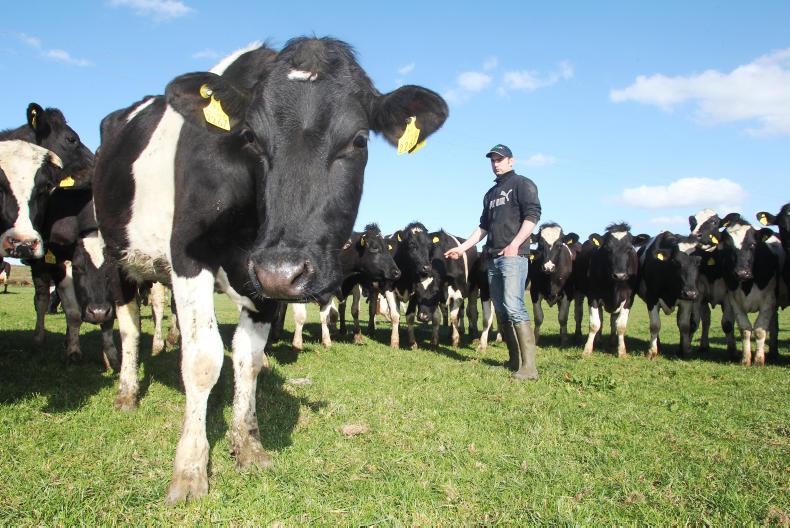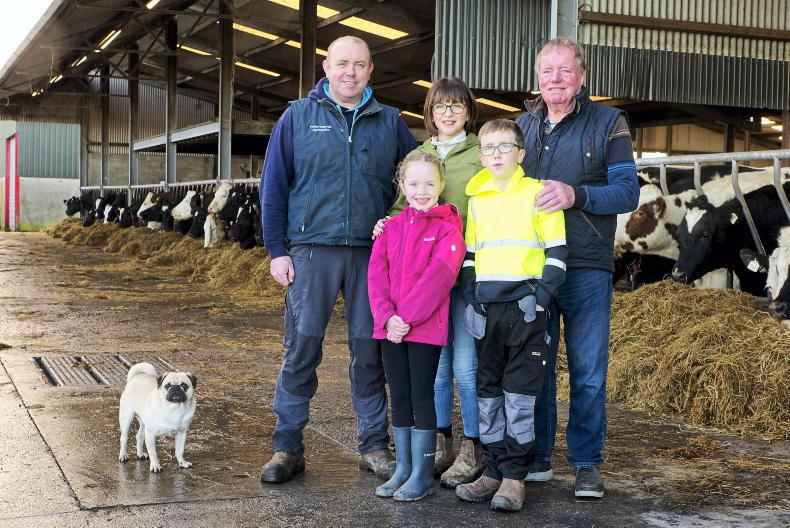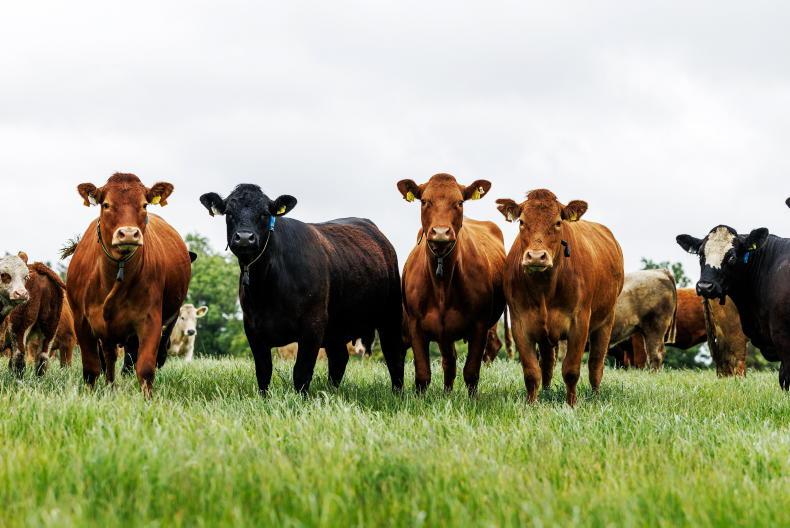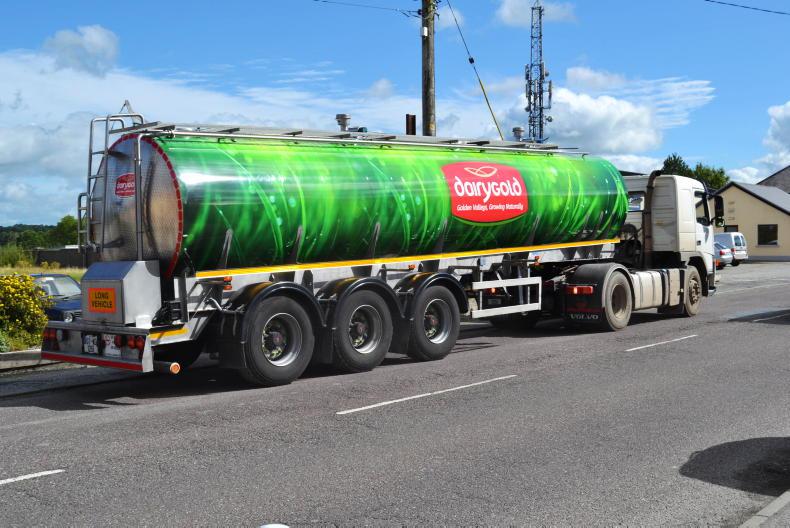Grass growth has taken off at last this week in Clara with a good combination of heat and heavy showers pushing growth rates back up to normal for the time of year.
We are building a surplus of grass now right across the whole farm and with a bit of luck and a few fine days, we should be able to tidy all of this up with the main cut of silage at some stage next week.
We will put as much as possible of this grass in the silage pit and tidy up any extra bits with bales for the next six weeks or so before the second cut comes in.
There is very little activity with the heifers, but we still have a few late-calving cows that haven’t shown any heat yet
We extended the silage pits last year, so we will use these as much as possible this year and only make bales where absolutely necessary for smaller surpluses.
We are six weeks into breeding with both the cows and the heifers and although we are seeing some repeats with the cows still, it is getting a lot quieter every day. There is very little activity with the heifers, but we still have a few late-calving cows that haven’t shown any heat yet. We will take a closer look at any of these that are still holding out next week. They most probably still need a bit of time more than anything.
Straws
We will change over to mostly beef AI straws from now on, with only the occasional dairy straw on exceptional cows. We are using Aubrac and Speckle Park straws on the cows, with a handful of easy-calving Belgian Blue and Charolais to add to the mix.
We have Aubrac bulls running with the heifers to tidy up, so hopefully we should see a good number of high-value beef calves arriving next March, without too many issues.
We are still shooting in the dark a bit with cow number targets for next spring. We have applied to Glanbia for a hardship allocation of peak milk, but it looks as if that will be way oversubscribed and some people will need it more than we do.
We will scan the cows in early August this year
We will see how that goes, but we will most likely have to reduce cow numbers to some extent by next April.
We will scan the cows in early August this year and make decisions from there. We will probably cull a few extra cows on production and health, but we will also have some surplus in-calf heifers to sell after the scan if it goes well enough.
We will probably just do a hard enough cull on the cows firstly and see how many heifers we need after that when the allocations are finalised.
Signpost launch
Off farm, we have seen the launch of the Teagasc Signpost programme this week.
There is an unprecedented level of collaboration on this project right across the agricultural sector, which shows how crucial it is to get this message out there.
As its name suggests, this programme will point a the way forward for Irish farmers on which actions will be most effective in tackling the climate and biodiversity challenges facing us over the coming years.
Over the last 30 or 40 years, we have become very proficient at food production on farm. We have learned how to improve ground to grow as much grass and other crops as is possible, and we have learned how to harvest and efficiently convert that production into dairy and meat products.
Hopefully this programme will also gather data to help calculate the carbon sequestration already ongoing on our farms and give us some credit for that
We now need to quickly transition our system of production to one that enhances the environment, while still achieving as much as possible of the output and profit goals on our farms.
These are new skills and measures that the Signpost programme will implement on 100 farms across the country over the coming years and hopefully through farm walks and media reporting, we can all improve our skills in this area, learning by example.
Hopefully this programme will also gather data to help calculate the carbon sequestration already ongoing on our farms and give us some credit for that.
It might even show how best to optimise that side of the equation on our farms in the future.









SHARING OPTIONS